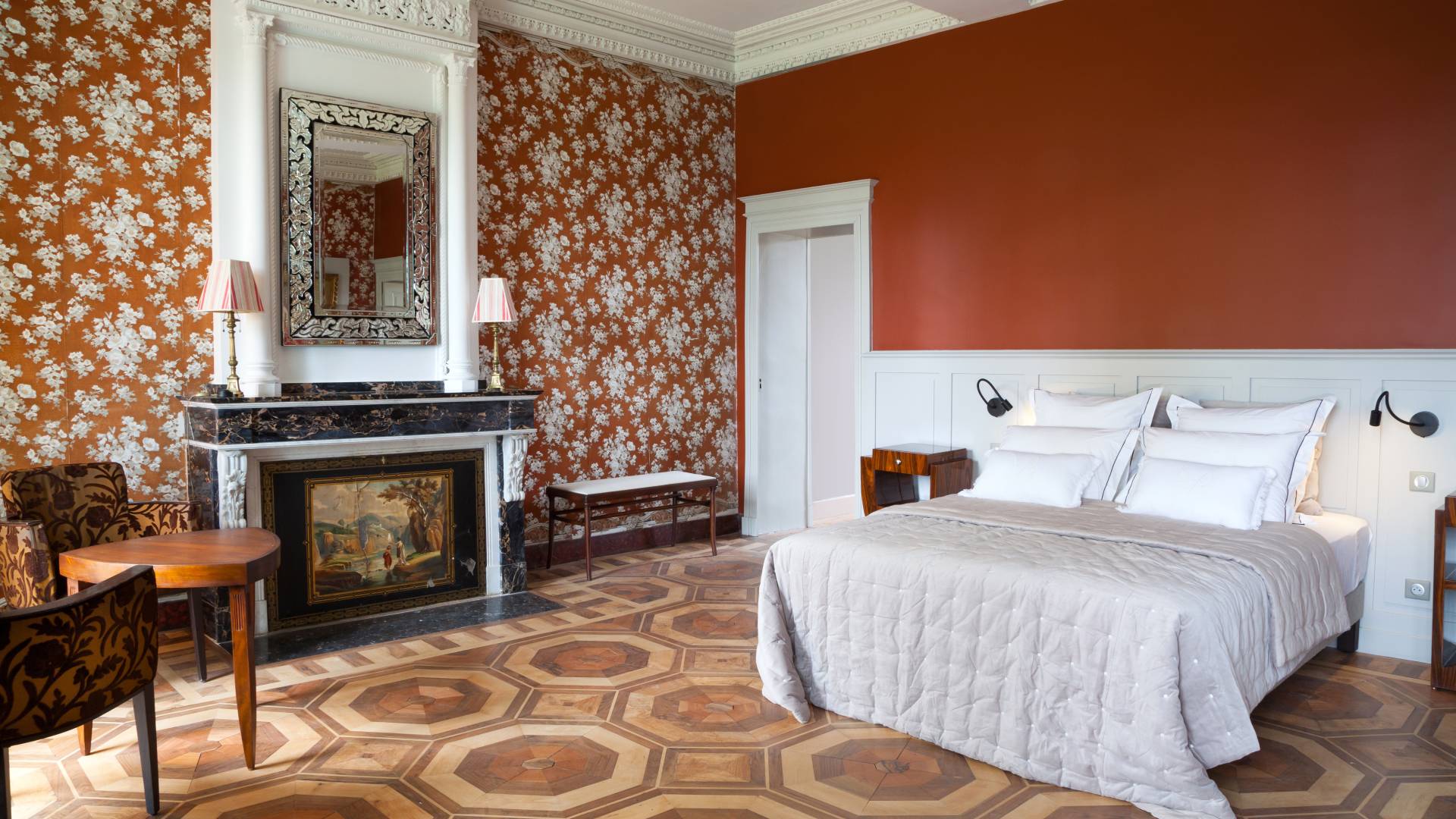The Secrets to Mixing Patterns in Your Home Decor

Thinking of mixing patterns in your home decor? Learn how to blend colors, scales, and styles to achieve that perfect, stylish blend of visual complexity.
In the exciting world of home decor, your creativity sets the stage for stunning interiors. Some prefer the stunning visuals of layered, maximalist decor but might shy away from it for fear of clashing patterns or colors.
The good news is, with the right tips and tricks, this doesn’t have to be a daunting, impossible task. This article will uncover the secrets to mixing patterns in your home decor to turn your space into a masterpiece of pattern play.
Start With a Base
Selecting a base for your pattern mixing is the first step toward achieving a harmonious look. Start by selecting a dominant pattern that speaks to you; it could be a floral wallpaper, a striped rug, or a geometric print duvet. Let this piece set the tone for the room. Ensure the colors in this primary pattern are ones you enjoy, as they’ll influence your subsequent choices.
Pay Attention To Scale and Proportion
The secret to mixing patterns in your home decor is to think about the size of each pattern and how it’ll interact with others in the room. For example, if your dominant pattern is a large, bold floral print, balance it with smaller, more delicate patterns like thin stripes or tiny dots. This creates a visual hierarchy that allows each pattern to stand out without overwhelming the eye.
Consider the proportions of each piece in the space as well. A large, heavily patterned sofa pairs well with more subtle, smaller patterned cushions and accessories. This way, you can ensure that no single element overpowers the rest, creating a harmonious blend that ties the room together seamlessly.
Coordinate Color Palettes
When blending various patterns, ensuring that they share a cohesive color palette is crucial. Look at the dominant colors in your primary patterns and aim for a mix of complementary and contrasting hues to add depth and interest to the space.
For instance, if your primary pattern includes shades of blue and green, you might introduce patterns that feature these hues but in different designs. Also, don’t be afraid to throw in some neutral tones—creams, grays, or whites can balance bolder colors and intricate patterns, preventing the look from becoming too chaotic.
Consider Pattern Density
Pattern density refers to how tightly packed or spaced out the elements within a pattern are. When you mix patterns with different densities, you create a balance that feels dynamic yet cohesive.
If everything has high density, the room can feel too busy and chaotic. On the other hand, too many sparse patterns might lack visual interest and feel underwhelming.
Break It Up With Decor
The good news is that if you’re worried about your patterns being too overwhelming, you can easily break it up with decor. Think about solid-colored throw blankets, neutral-hued rugs, or simple ceramic vases. These elements act as pauses for the eyes, giving them a place to rest.
Alternatively, mirrors can help enhance the space by breaking up and even reflecting the patterns in different directions, creating a sense of depth and dimension. You can also add texture through natural elements like woven baskets or plants to balance out the busyness of patterns.






